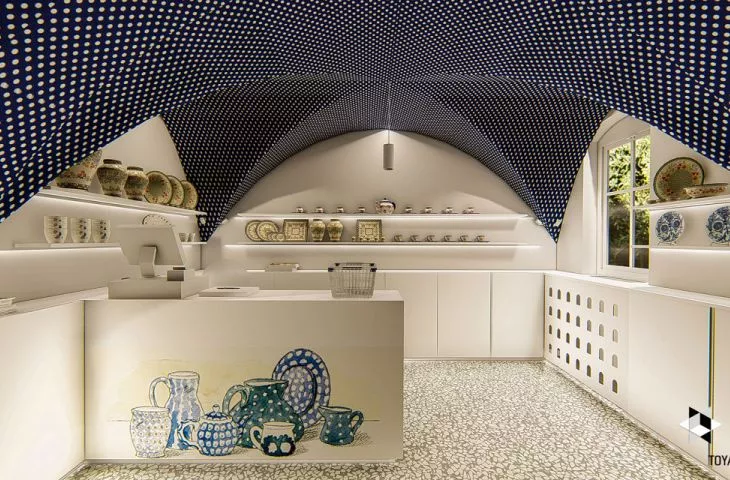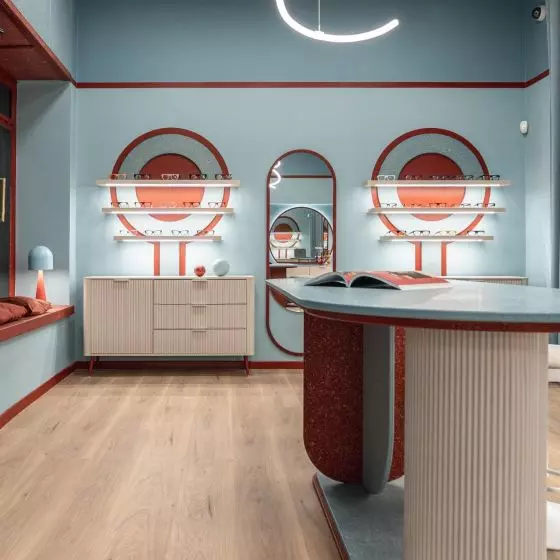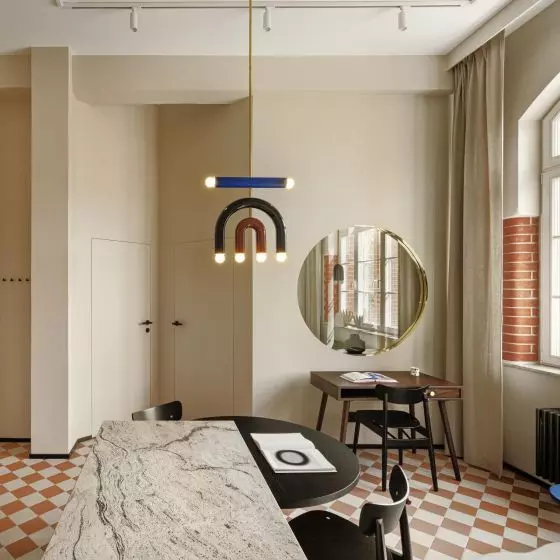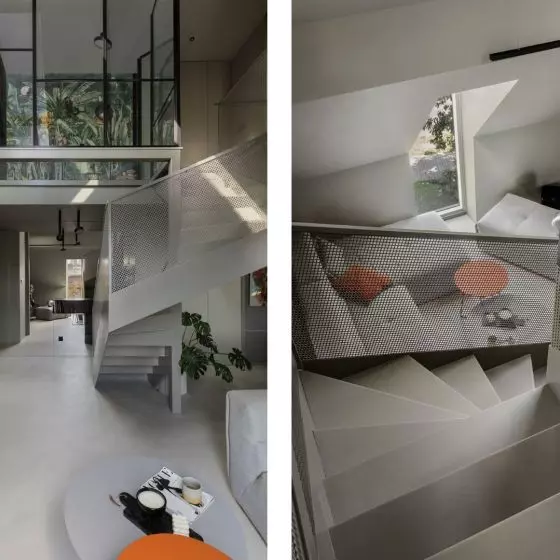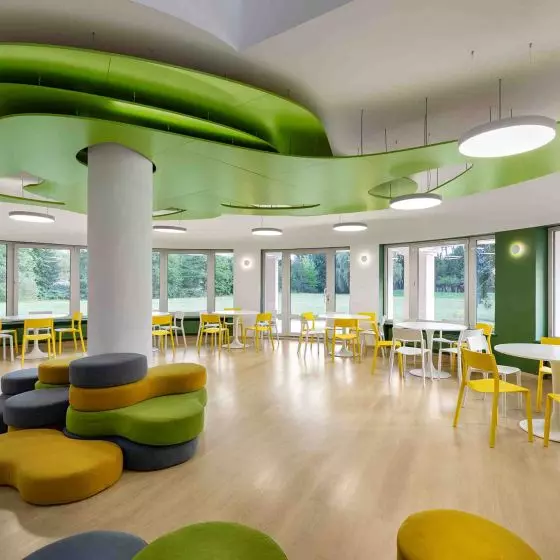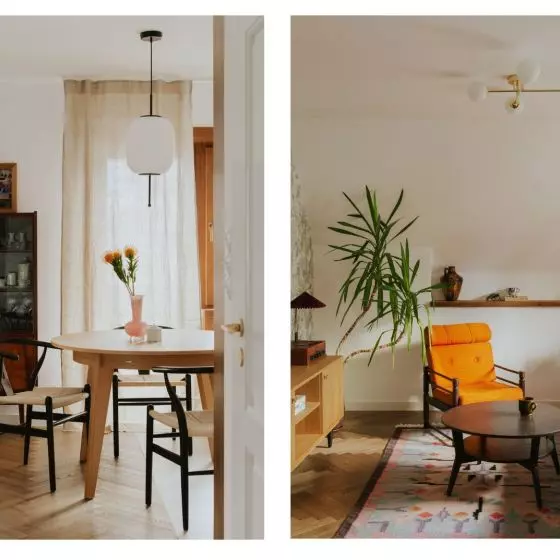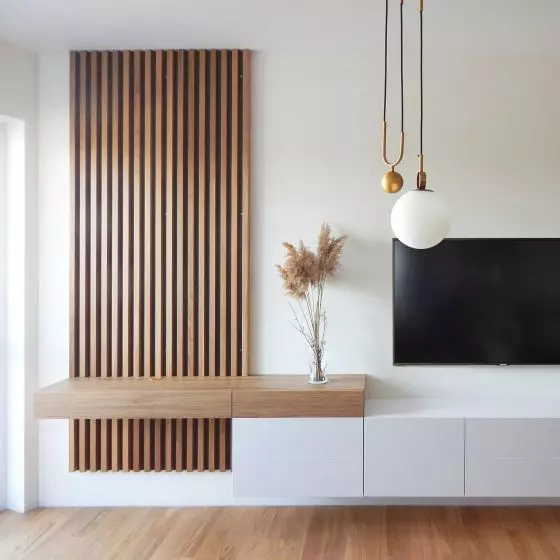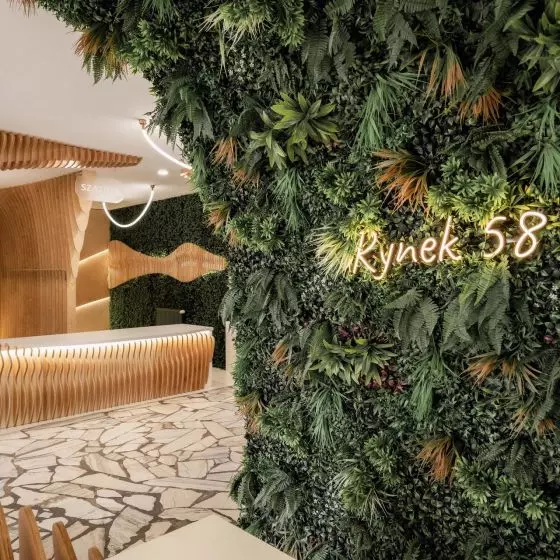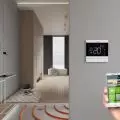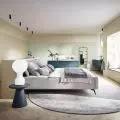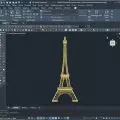Boleslawiec is not only the capital of ceramics, but, as residents effectively remind us, a city of creators and artists. Among design, it is ceramics that have become most famous, not only adorning museum display cases, but remaining in use thanks to contemporary designs. Local products are still the city's most popular export good. Now the Museum of Ceramics ' exhibits will be moved to a more representative location, the former Pückler Palace. The competition for the design of the new headquarters was won by the Toya Design studio .
TheMuseum of Ceramics in Boleslawiec is an institution with more than a century of tradition. It was established as a municipal museum, presenting the traditions of the city and the region - of course, with its main wealth - ceramics at the forefront. The institution has been operating as the Museum of Ceramics for more than 50 years and has so far occupied two locations. In the near future, the exhibition will be moved to a common building, the historic Pückler Palace, the interior design of which will be handled by the Toya Design studio from Poznań.
historic palace
Last year, the idea of enlarging the exhibition and moving the collection to a new larger and more representative place, which fits much better with the image of the city, emerged. The facility of the new headquarters has more than 2,000 square meters of floor space and, with its scale, provides excellent opportunities for the presentation of the impressive collection, while allowing it to continue to grow and further its mission. Pückler 's Palace is listed in the Register of Historic Places, and before the city purchased it for the new museum headquarters, it belonged to the Special School Complex. It was built in 1857 for Count Pueckler. Count Hatzfeld was the next owner, and from 1872 it belonged to Samuel Woller, founder of the "Concordia" plant. In 1920 the city repurchased the building and used it as a Home for Youth. The interior of the reading room was designed by Prof. Artur Hennig, a lecturer at the ceramics school. The original elements of the building are subject to conservation protection: the mass of the building, the form of the roof, the composition and decoration of the facade, the form, shape and framing of windows and doors, and the preserved wooden finishes.
Visualization of the New Ceramics Museum | Toya Design
Designers from the Toya Design studio explain that the project entrusted to them is not only to take care of the works of regional heritage through the exhibition of monuments of material culture and related educational, scientific and publishing activities, but above all to make the public aware of what ceramics is, how it is made, what it serves and what it means to all of us.
museum functionality
The project envisages not only the revitalization of the historic palace and the restoration of its former splendor, but also introduces functional solutions that will make it a modern exhibition facility, which will not only be pleasant but also safe for visitors to use. A new staircase, with an elevator as its axis, will connect the first floor and the floor housing the exhibition with the attic, which is the Museum's program facilities. The attic itself will be stripped of partition walls and merged into one space. The facility will also gain conference facilities, workshop rooms and a gift store. A beautiful courtyard with a garden to be developed will become a venue for meetings and events. A garden with a lapidarium will also be created here, following the model of the current museum building. A spacious parking lot will be available for visitors.
Visualization of the New Ceramics Museum | Toya Design
exhibition
Toya Design is the author not only of the palace reconstruction project, but also of the interior design, as well as the exhibition and the new logo of the Ceramics Museum. In the designed permanent exhibition, artifacts are placed behind gradient-covered glass with transparent window frames that show quotes from the history of design. In each of the four exhibition rooms, the exhibition will have a different element to guide the narrative - but all are planned according to the same principle, with a scaled-down graphic motif reflecting the historical context resulting from the artifacts on display in each room.
Visualization of the New Ceramics Museum | Toya Design
modern logo
The main element of the new logo is the sigil, whose graphic motif the designers have taken from the stamped decoration most characteristic of Boleslawiec ceramics. In turn, the designers say, the dynamic and consciously "peripheral" placement of the vivid trace of the "stamp" in the cobalt circle is meant to lead the viewer's attention from local to global values. The symbolism used by the designers signifies the Museum's transcending the presentation of regional values in favor of continually expanding the areas of research in an ever-wider context and conducting the Museum's mission within the circle of European cultural heritage.
Visualization of the New Ceramics Museum | Toya Design
The project to rebuild the Museum of Ceramics in Boleslawiec has received funding from Iceland, Liechtenstein and Norway grants and the Ministry of Culture and National Heritage. The city has announced a tender for a contractor for the project, which has been selected and will be announced soon.
As part of traveling within the country, a trip to Boleslawiec is definitely on the list!






